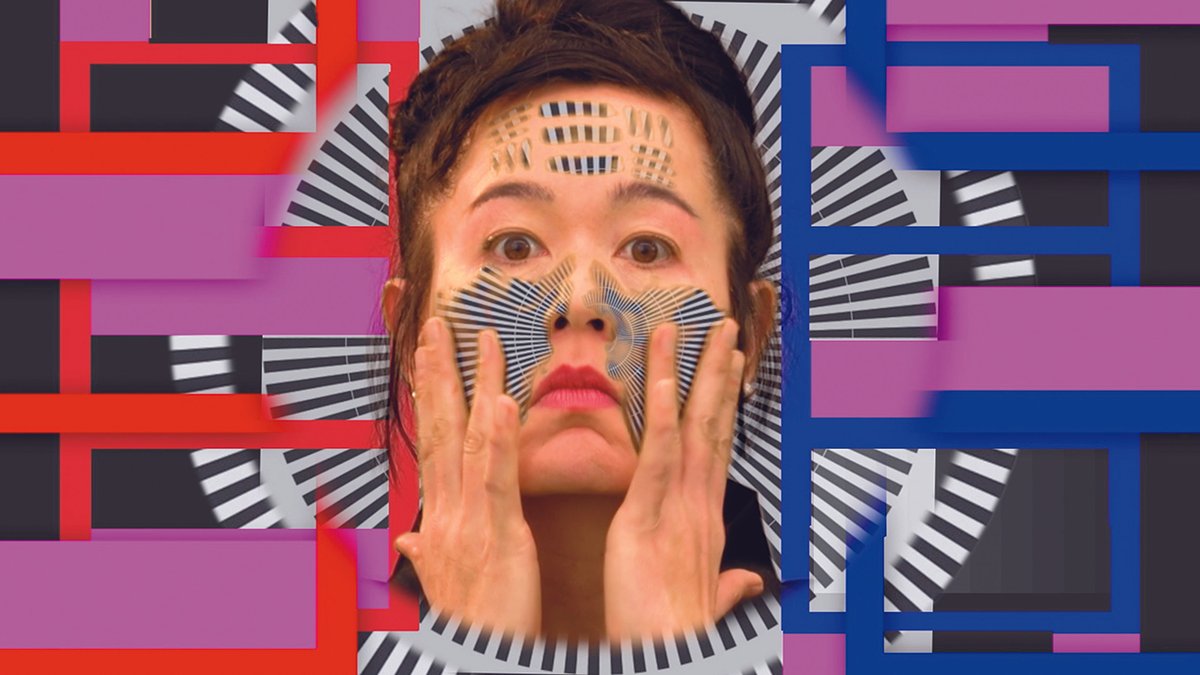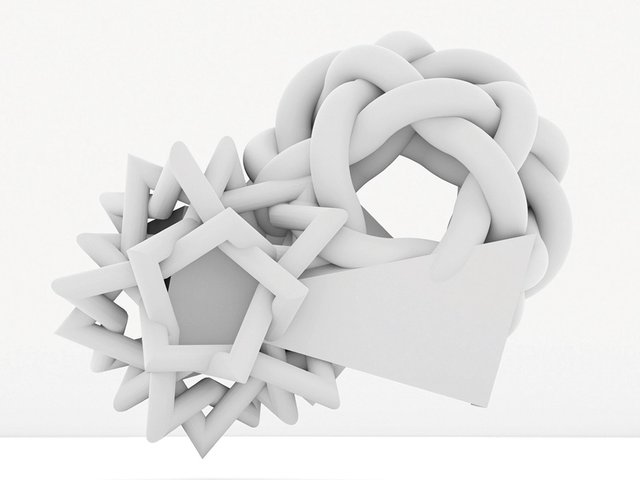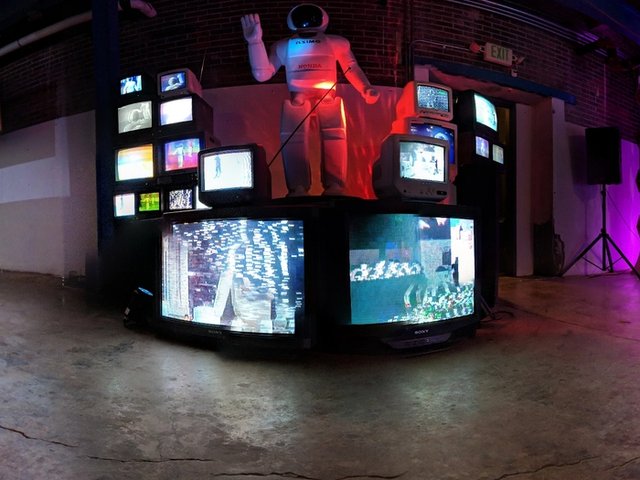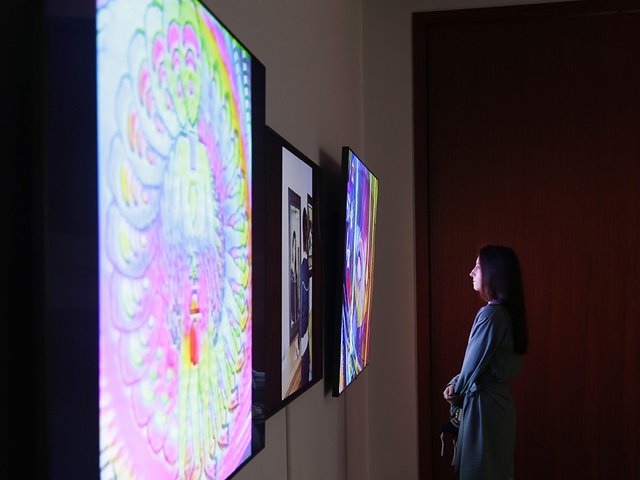So, NFTs have gone speedily from boom to predictable bust. By the end of 2022, around 18 months after the explosion began, marketplaces had folded or lost almost all their value. The Art Basel Miami Beach fair—thronging with NFT evangelism just 12 months earlier—had, by last December, lost the faith.
Like many of us, I was glad, not only because my email inbox might now regain equilibrium after being choked with news of Z-list celebrities and washed-up artists minting their tawdry, aesthetically impoverished, conceptually thin NFT project. But also because it was dismaying how the hype around NFTs had led to their frequent use as a shorthand for digital art generally, allowing the tech bros and speculators who entered the field in shameless search of a quick buck to cry revolution, and art world insiders who should have known better to greedily indulge them.
But the NFT crash doesn’t negate the blockchain—the underlying technology that makes NFTs unique and traceable—as an artistic space. It existed before and will be explored by artists in the future. In 2018, Ruth Catlow, co-author of Artists Re:Thinking the Blockchain, likened then-nascent blockchain art to early Net Art—the first online art movement—in the possibilities it provided to respond critically to systems of power as well as being a space for experimentation and co-operation. For example, Jonas Lund has issued tokens that allow you to participate in decisions concerning his life, while Sarah Friend’s Clickmine is a satire of crypto which generates useless wealth via a clicking game
So now might be a good time to remind ourselves of the decades-long history of digital art. Two current exhibitions—Coded: Art Enters the Computer Age, 1952-1982 at the Los Angeles County Museum of Art (until 2 July), and I’ll Be Your Mirror: Art and the Digital Screen at the Modern Art Museum of Fort Worth, Texas (until 30 April)—offer just such an opportunity.
Coded begins with the first purely aesthetic image made on a computer and ends at the point where personal computers took their place at the centre of our homes. It shows how artists—including key Conceptual art figures such as Stanley Brouwn, Charles Gaines and Fluxus artist Emmett Williams—grappled with computers in these early years. Often they never returned to them as a medium. But their experiments were “essential as an origin story for the art and culture of the internet”, the show’s curator, Hannah Higgins, writes in the preface to its catalogue.
I’ll Be Your Mirror explores the use of the screen in art from 1969 to now, through early digital pioneers such as Lynn Hershman Leeson, key Net Art figures such as Eva and Franco Mattes, and artists continuing to push the medium in recent years, including Hito Steyerl.
What links many of these artists, however different their aesthetics, is a balance of curiosity and scepticism about the digital field—a quality absent amid the NFT excesses. As Higgins puts it in relation to those early digital trailblazers, “artists bend rules, they play, they experiment with new solutions to old questions and find new questions”. These are good principles for the artists who might help blockchain art to rise from the NFT ashes.
• Coded: Art Enters the Computer Age, Lacma, Los Angeles, until 2 July
• I’ll Be Your Mirror: Art and the Digital Screen, Modern Art Museum of Fort Worth, Texas, until 30 April







